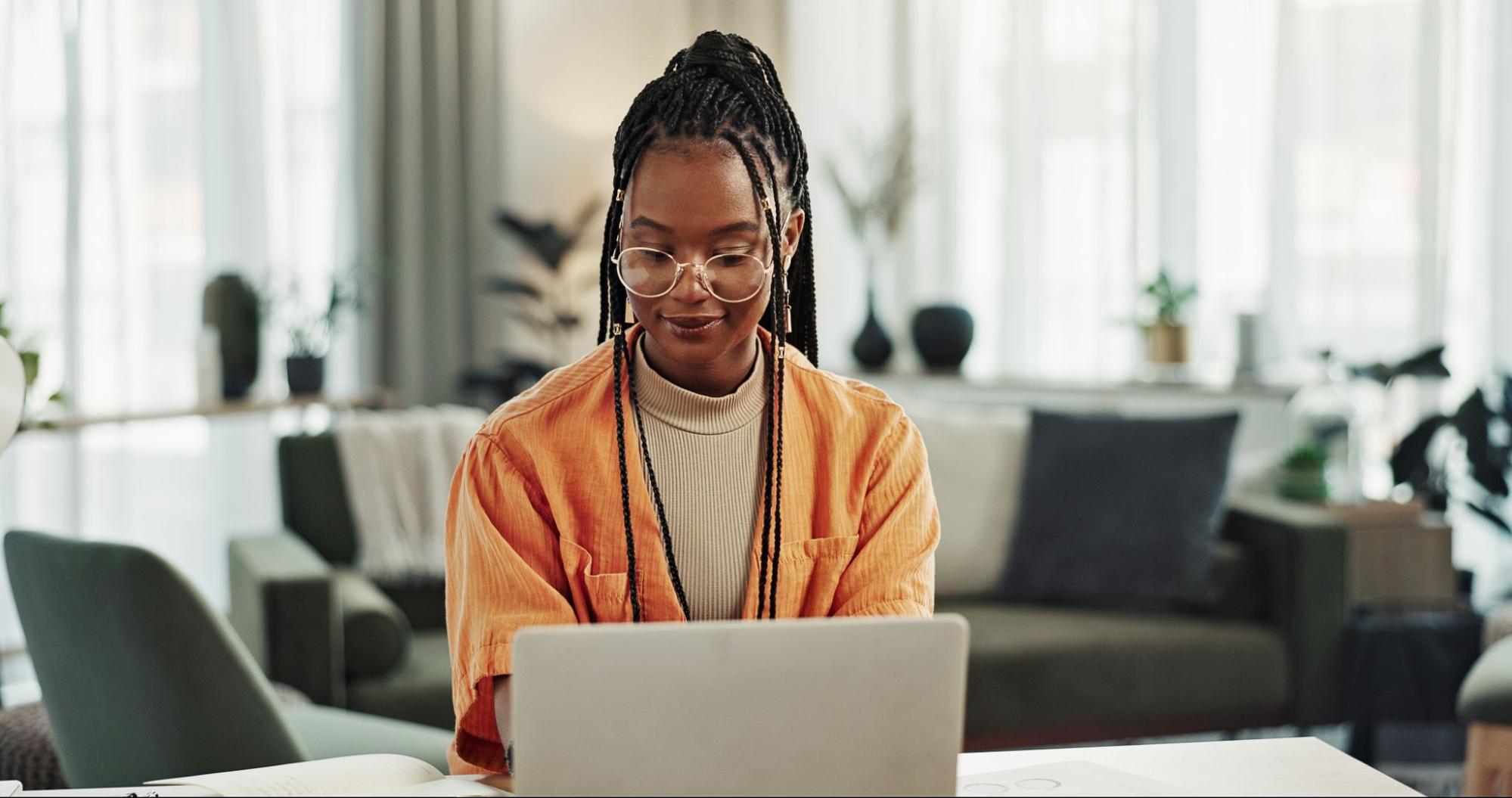Blog 5: Universal Design: A Path to Inclusive South African Spaces
In South Africa, where diversity is woven into the nation’s fabric, the concept of Universal Design (UD) has transformative potential. Universal Design, at its core, is about creating spaces, products, and systems that are usable and accessible for everyone, regardless of ability, age, or background. By embracing UD principles, South Africa can foster more inclusive environments that reflect the values of unity and equality foundational to its society.
The Need for Universal Design in South Africa
South Africa’s diverse population includes people of various ages, cultural backgrounds, and abilities. Despite this, many physical and digital spaces are not universally accessible, often hindering people with disabilities, elderly individuals, and those from rural areas. Implementing UD can address these barriers and enable a more equitable society where all South Africans can participate fully in daily life.
What is Universal Design?
Universal Design refers to the design of products, environments, programs, and services that can be used by all people to the greatest extent possible without adaptation or specialized design. It is based on seven principles:
- Equitable Use: The design is useful to people with diverse abilities.
- Flexibility in Use: The design accommodates a wide range of individual preferences and abilities.
- Simple and Intuitive Use: The design is easy to understand, regardless of the user’s experience, knowledge, or language skills.
- Perceptible Information: The design communicates necessary information effectively.
- Tolerance for Error: The design minimizes hazards and consequences of accidental actions.
- Low Physical Effort: The design can be used efficiently with minimal effort.
- Size and Space for Approach and Use: Appropriate size and space are provided for approach, reach, manipulation, and use.
Universal Design’s Impact in South Africa
- Physical Accessibility
Public spaces in South Africa, including schools, hospitals, and government offices, are often inaccessible to people with disabilities. Universal Design can transform these spaces to be inclusive by ensuring wheelchair access, visual and auditory cues, and multi-sensory information for diverse needs.
- Education Accessibility
Education should be accessible to all, yet learners with disabilities often face physical and instructional barriers. Universal Design in education can support inclusive learning environments, ensuring teaching materials, classrooms, and online resources are adaptable to students with different learning styles and abilities. South Africa’s commitment to inclusive education can be strengthened by designing accessible classrooms, using accessible digital content, and training educators on UD principles.
- Employment and Workplace Inclusion
Universal Design principles can help workplaces become inclusive by making them accessible for employees of all abilities. This not only removes physical barriers but promotes inclusivity in workplace culture. Simple modifications, like accessible workstations, adjustable desks, clear signage, and adaptable technology, can make a significant difference.
- Transportation Systems
Accessible public transportation is critical to ensuring mobility for all citizens. In South Africa, the transportation sector faces challenges in accommodating people with disabilities. Implementing Universal Design in new transit projects, including accessible entryways, clear signage, and auditory cues, would benefit all users and create a more inclusive system.
- Digital Inclusivity
As South Africa moves further into the digital age, ensuring digital platforms are accessible is essential. Universal Design applied to websites, mobile applications, and digital services ensures that individuals with disabilities can participate fully in digital life. Accessible websites and software not only expand the reach of these platforms but also align with global accessibility standards, promoting inclusivity on a broader scale.
The Role of Government and Community in Universal Design
For UD to succeed in South Africa, it requires a collective effort involving government agencies, designers, educators, community leaders, and individuals.
- Policy and Legislation: The South African government has taken steps to support accessibility, but more stringent policies around Universal Design would accelerate progress. Policies should ensure that all public spaces, services, and digital resources meet UD standards.
- Public Awareness and Advocacy: Community-driven efforts and advocacy are crucial. Educating the public about the importance of Universal Design helps foster a culture of inclusivity. Events, workshops, and media campaigns can raise awareness of the benefits of accessible design.
- Design Education and Training: Designers, architects, and builders in South Africa should receive training on Universal Design principles. By integrating these principles into design and architectural programs, South Africa can ensure future spaces are inherently accessible.
Universal Design: A Vision for the Future
Adopting Universal Design is not merely a technical shift—it reflects a shift in values, recognizing that inclusivity benefits everyone. When spaces are accessible to people with disabilities, they become easier to navigate for all individuals. Universal Design moves beyond accommodation toward the creation of a society that values and enables full participation.
For South Africa, embracing Universal Design is a pathway to a truly inclusive society, where diversity in abilities is not an obstacle but a foundation for stronger, more resilient communities.




